If you think all Pon is created equal, you’re about to get educated harder than an Alocasia in direct sun. Not all Pon is holy. Some is sacred. Some is functional. Some is straight up heretical. And some will make you question everything you thought you knew about mineral substrate perfection.
This is the breakdown nobody asked for but everyone needs. We’re dissecting every major Pon variant like it’s a failed root system under a microscope. Because understanding what you’re putting your precious aroids in isn’t just plant care. It’s substrate theology, and I’m about to preach the gospel of drainage and aeration.
What Even IS Pon? (Substrate Seminary for the Obsessed)
Before we spiral into the holy wars of brand loyalty, let’s establish the foundation. Pon isn’t just chunky rocks in a bag. It’s a carefully engineered ecosystem of volcanic minerals that makes your plants forget soil ever existed.
The sacred quartet of real Pon:
Zeolite: The nutrient bouncer with a PhD in chemistry. This volcanic glass doesn’t just hold nutrients, it negotiates with them. Excess ammonium trying to burn your roots? Zeolite shows it the door. pH trying to swing wildly because you got heavy-handed with the CalMag? Zeolite smooths that drama out like a diplomatic genius.
Pumice: The volcanic Swiss cheese of the substrate world. Every chunk is riddled with microscopic holes that roots use as luxury penthouses. pH neutral, lightweight, and more porous than your excuses for buying another Alocasia.
Lava Rock: The slow-release mineral pharmacy. Spends years quietly dispensing iron, magnesium, and trace elements like a generous grandmother with vitamins. Provides structural integrity while adding enough weight to prevent your plants from staging diving competitions.
Fertilizer Coating: The insurance policy in polymer form. Osmotic release technology that feeds your plants based on temperature and moisture, because apparently rocks can be smarter than some plant parents.
This isn’t random volcanic debris thrown together. The ratios are engineered. The particle sizes are calculated. The mineral interactions are designed. Get it right and your roots think they’ve moved to plant paradise. Get it wrong and you’re growing in expensive gravel while your wallet weeps.
Need more information on Pon, LECA or semi-hydroponics? Pon Addict has a whole section dedicated to it HERE
The PON Variants
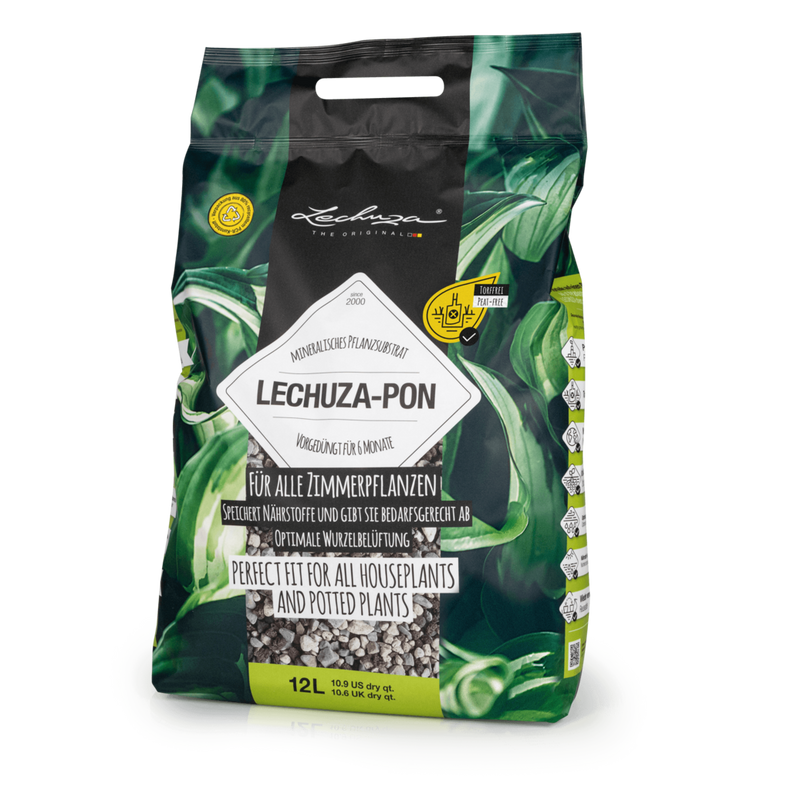
1. Lechuza PON Original (The German Engineering Overlord)
What Makes It Holy: This is the scripture that started the semi-hydro revolution. German precision applied to plant rocks, featuring NPK 15-9-9+3 with magnesium in polymer coating that releases based on environmental conditions.
Particle Performance: 4-8mm sizing that hits the sweet spot for most aroid root systems. Large enough for aggressive drainage, small enough for intimate root contact. Quality control that actually matches the marketing photos.
pH Performance: Buffers consistently between 6.2-6.8. While optimal semi-hydro nutrient uptake happens around 5.8, this range still allows decent nutrient availability. Stays stable even when you’re hitting it with 1.2-1.3 EC feeding solutions because you’re obsessed with growth optimization.
The Reality Check: Expensive enough to make you question your life choices. Sometimes harder to source than a reasonably priced variegated plant. But when you’re dealing with irreplaceable specimens, substrate cost becomes irrelevant mathematics.
- Pro Tip: You can wash off the fertilizer coating if you want complete nutritional control. The mineral composition underneath is pure substrate perfection.
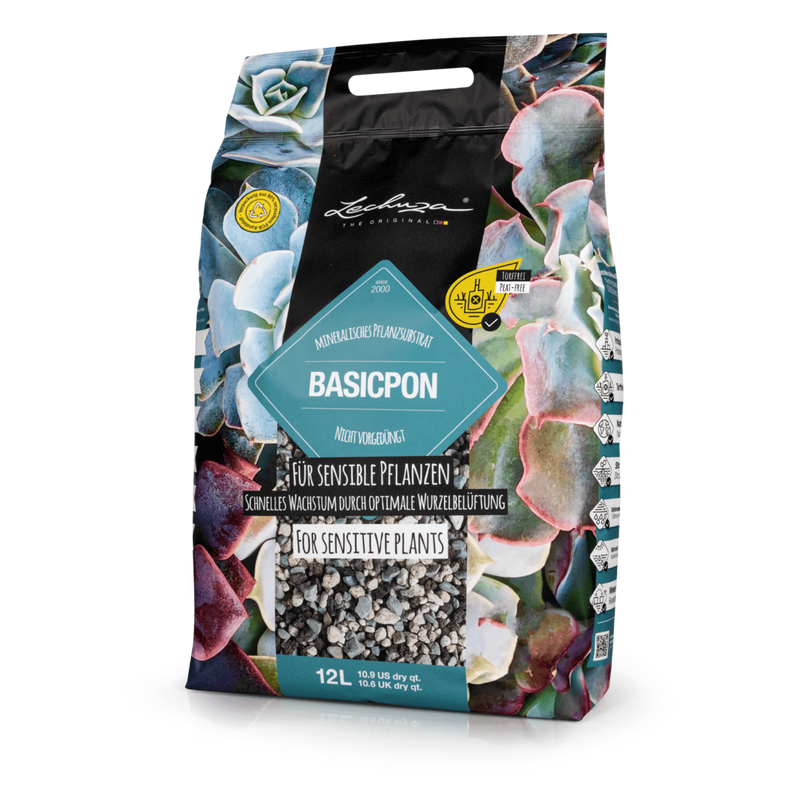
2. Lechuza BasicPON (The Great Deception)
The Marketing Promise: Same mineral composition as original PON but zero fertilizer. Complete nutritional control for the feeding obsessed.
The Particle Plot Twist: Here’s where reality hits harder than root rot. Those marketing photos showing chunky 4-8mm particles? Pure fiction. Reality is 2-4mm particles that feel more like premium aquarium gravel than the rocks you expected.
Why This Matters: Smaller particles mean different drainage characteristics, more moisture retention, and completely altered watering schedules. Plants expecting chunky PON drainage suddenly find themselves in a more moisture-retentive environment.
When It’s Actually Superior: The finer particles provide better root contact for propagation and younger plants. Perfect for delicate root systems that need support during establishment. Just don’t expect it to behave like its chunkier sibling.
The Facebook Group Reality: Plant groups are full of growers discovering this particle size difference after ordering bulk quantities. You’re not imagining it, the particles really are smaller than advertised.
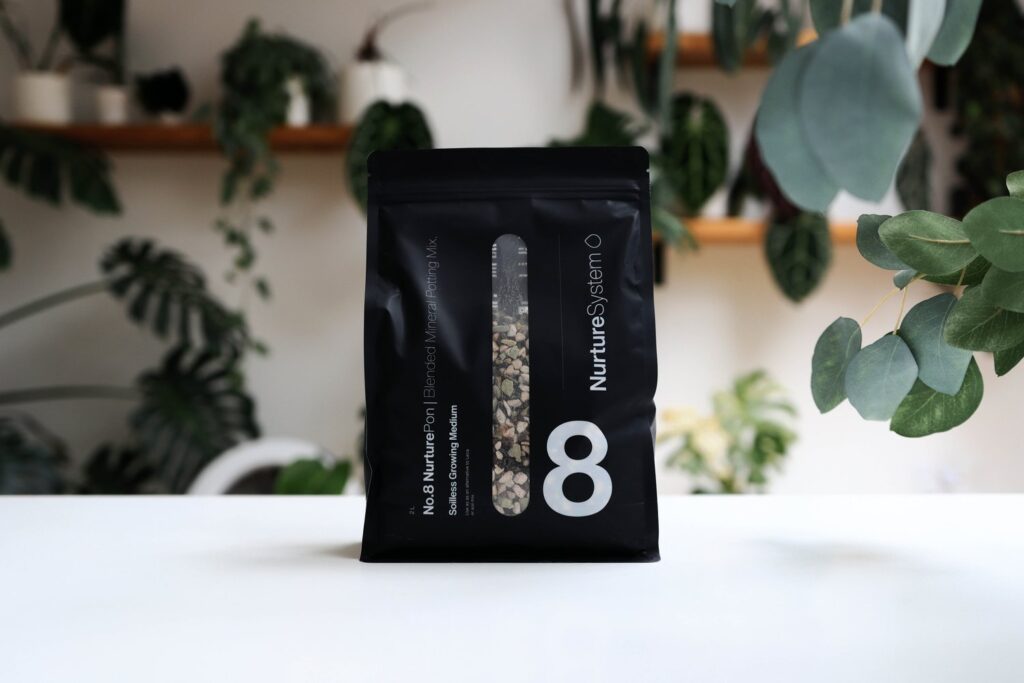
3. Nurture System – NurturePon
(The Heartbreak Perfection)
Why It’s Devastating: Everything substrate should be when money isn’t an object. Minimal dust, consistent 3-7mm particle sizing that actually matches photos, and higher zeolite content than German alternatives.
Plant Performance: Transitions seem smoother, root development appears faster, and overall plant happiness levels reach obscene heights. This substrate makes other brands look like they’re trying too hard.
The Cruel Economics:
- 2L NurturePon: £13.99
- Equivalent volume in other substrates: £2-5
- 40L NurturePon equivalent: £280
- Your soul after calculating those numbers: Destroyed
Availability Nightmare: Small bag sizes only, frequently out of stock, and impossible to source in bulk when your collection outgrows boutique substrate rationing.
The Brutal Truth: This is substrate for people with small collections and large budgets. Perfection that can’t scale economically.
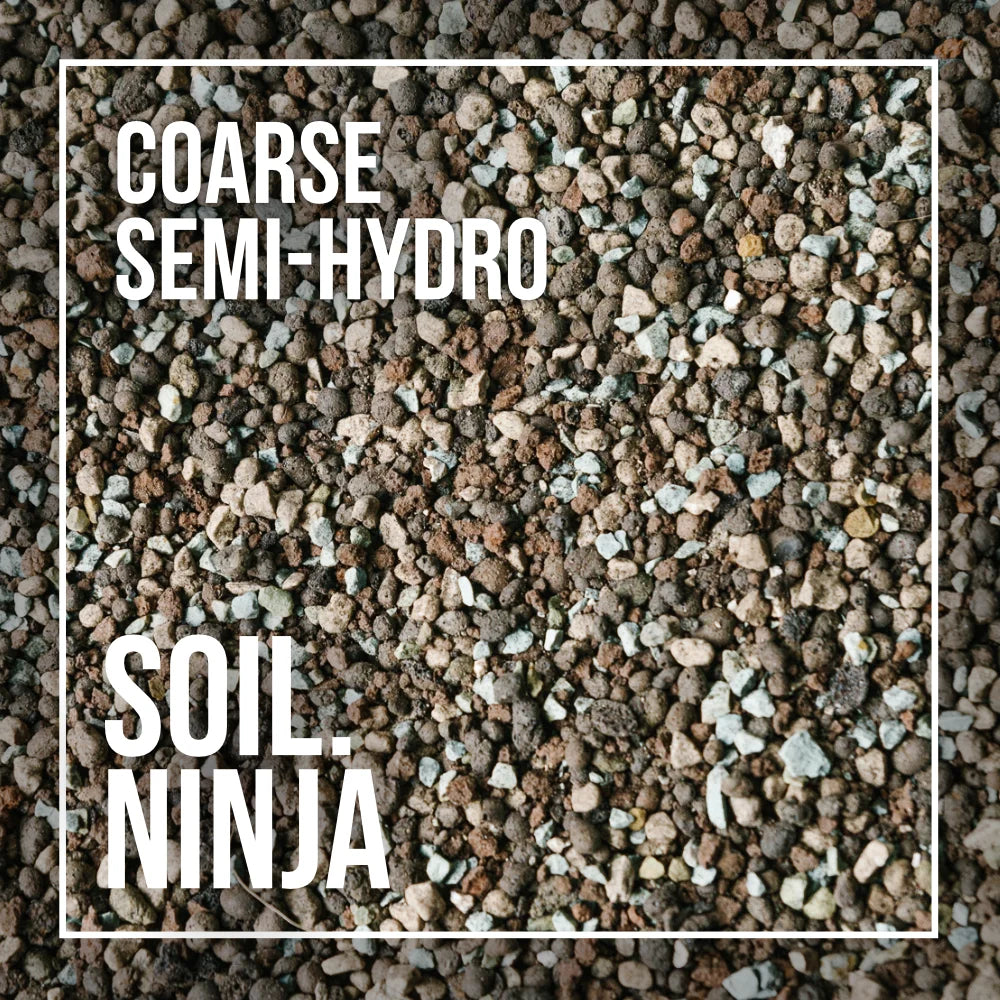
4. Soil Ninja Semi Hydro Coarse
(The Scalable Champion)
The Answer: 5-10mm particles that create drainage so aggressive it makes root rot practically impossible. Mix of pumice, zeolite, and LECA that somehow works better than it should on paper.
Aroid Worship Factor: Thick-rooted plants lose their minds over this stuff. The large particles create air highways that chunky roots navigate like they were designed for it. Perfect for plants that prefer drying cycles between waterings.
Economic Sanity: £49 for 40L versus £280 for NurturePon equivalent. When you need bulk substrate for a serious collection, the mathematics make this decision automatic.
Component Performance: Pure mineral composition without organic components means longer substrate life and more predictable drainage characteristics. No breakdown timeline to worry about, just consistent performance.
Customization Potential: Benefits massively from adding extra zeolite (available separately from Soil Ninja) for improved buffering. Can be modified for specific plant needs without breaking substrate theology.
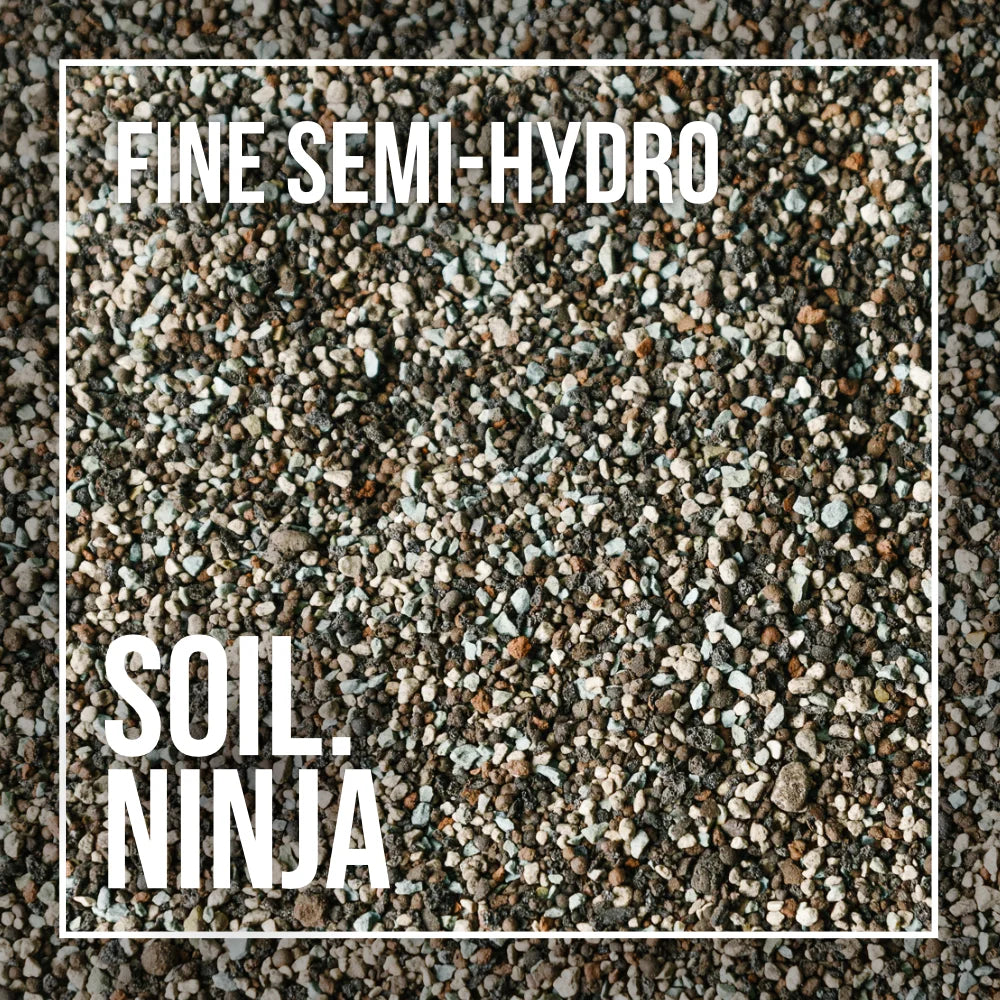
5. Soil Ninja Semi Hydro Fine
(The Gateway Drug)
Transition Therapy: 2-5mm particles that bridge the gap between soil trauma and mineral substrate enlightenment. Less intimidating than coarse versions while maintaining superior drainage.
Root Contact Excellence: Smaller particles mean more surface area contact, better nutrient transfer, and faster establishment for newly converted plants.
Propagation Power: Excellent for rooting difficult cuttings. Provides support for developing root systems while the mineral composition prevents the rot that haunts soil-based propagation.
Training Wheels Value: Perfect for learning semi-hydro watering rhythms without the aggressive drainage of coarse substrates. Builds confidence before graduating to chunkier minerals.
6. DIY Pon
(The Mad Science Laboratory)
The Base Formula: 4:2:1 ratio (pumice:lava:zeolite) replicates commercial success at fraction of cost. Starting scripture for the substrate chemists.
Sourcing Secrets:
- “Dry Stall” pumice from farm stores: Pure pumice without markup
- “Sweet PDZ” zeolite: Pharmaceutical grade at agricultural prices
- LECA from hydroponic suppliers: 60% cheaper than Amazon
- Lava rock from landscape suppliers: Pennies compared to plant store prices
Customization Mastery: Increase zeolite for sensitive plants, adjust particle sizes for specific applications, add bark for organic content. Complete control over every mineral ratio.
Quality Control Reality: Screen everything, rinse until water runs clear, accept that this takes longer than you want but creates substrate that performs exactly as designed.
Cost Analysis: DIY averages £2.50/liter versus £8-12/liter for premium commercial options. Savings fund more plant acquisitions, which is obviously the point.
The Sacred Selection Matrix
- For Irreplaceable Specimens: NurturePon or Soil Ninja Coarse. When plant failure isn’t an option, substrate cost becomes irrelevant.
- For Bulk Collection Needs: Soil Ninja Coarse or quality DIY blends. Scale demands economics, and these deliver performance without bankruptcy.
- For Propagation Rituals: BasicPON or Soil Ninja Fine. Smaller particles support developing roots while mineral composition prevents rot.
- For Maximum Control: BasicPON or DIY formulations. Zero fertilizer means complete nutritional authority over your feeding programs.
- For German Engineering Worship: Lechuza PON Original when you want proven performance with minimal effort.
The Substrate Selection Philosophy
Choose based on plant needs, not brand loyalty. Consider air requirements, moisture preferences, pot size, and root system architecture. Match particle size to drainage requirements. Factor zeolite content for buffering needs.
Feeding Reality: 1.2-1.3 EC works across all mineral substrates when zeolite buffering is adequate. Consistency simplifies collection management.
Modification Magic: Extra zeolite (purchased separately and mixed in) improves any commercial blend. Top dressing with fine zeolite creates nutrient buffer zones and aesthetic appeal.
Reuse Protocols: Sterilization makes substrate reusable. Enzyme treatment, thorough washing, boiling, and oven drying at 120°C creates clean slate for new plantings.
Final Wisdom from the Substrate Shrine
Not all Pon is created equal, but most quality mineral substrates will grow healthy plants when matched to appropriate applications. Perfect is the enemy of good enough, especially when scaling collections.
Understanding particle size, drainage characteristics, and buffering capacity matters more than brand worship. The best substrate is the one that makes YOUR growing situation successful long-term.
But let’s be honest. Premium substrates feel amazing to use and provide insurance against failures. When you can afford perfection, why settle for adequate?
May your drainage be swift, your buffering be stable, and your substrate choices be economically sustainable.
Want detailed feeding schedules for each substrate type?
The Pon Addict website will deliver more information on substrates, feeding protocols, EC measurements, and modification techniques that make these substrates perform.
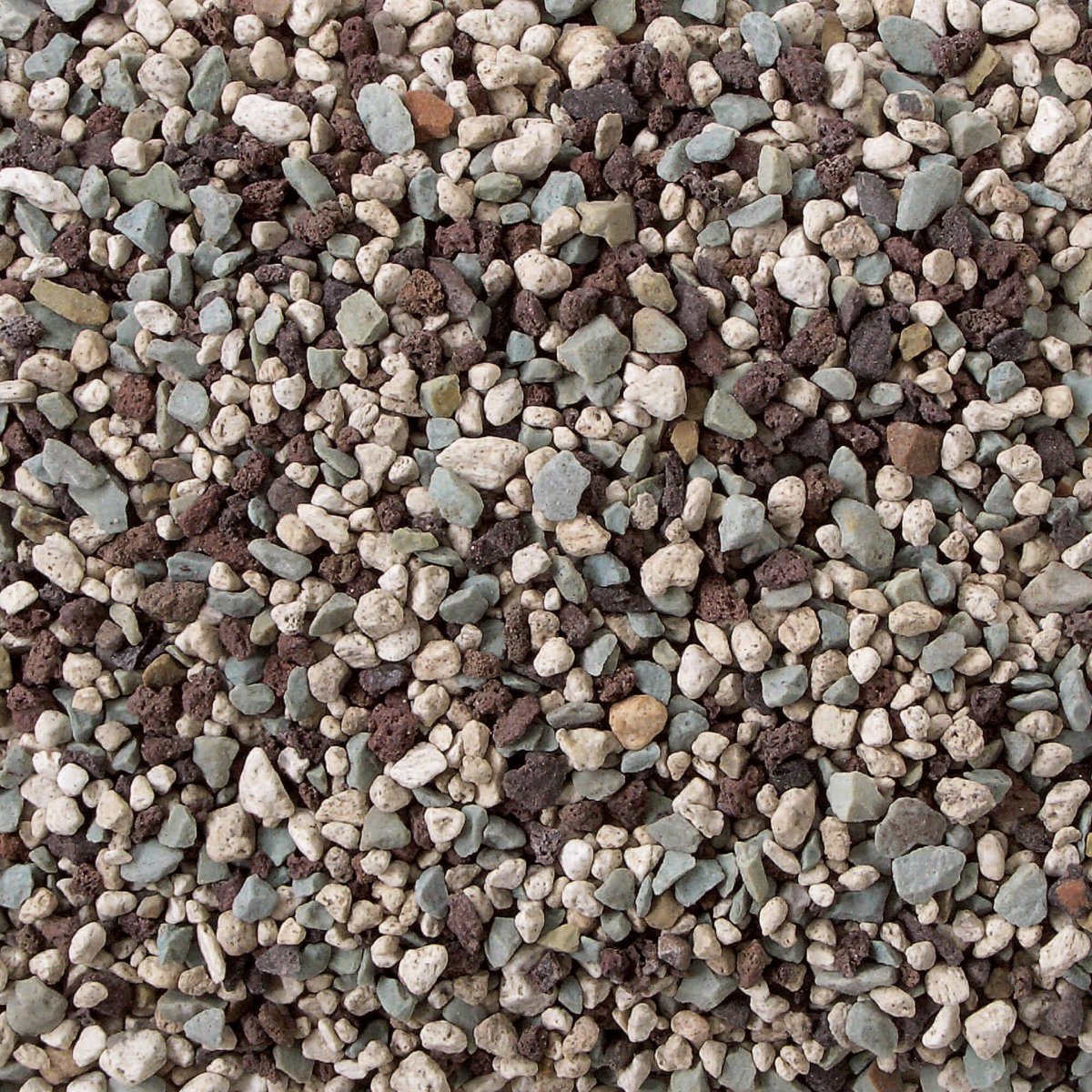


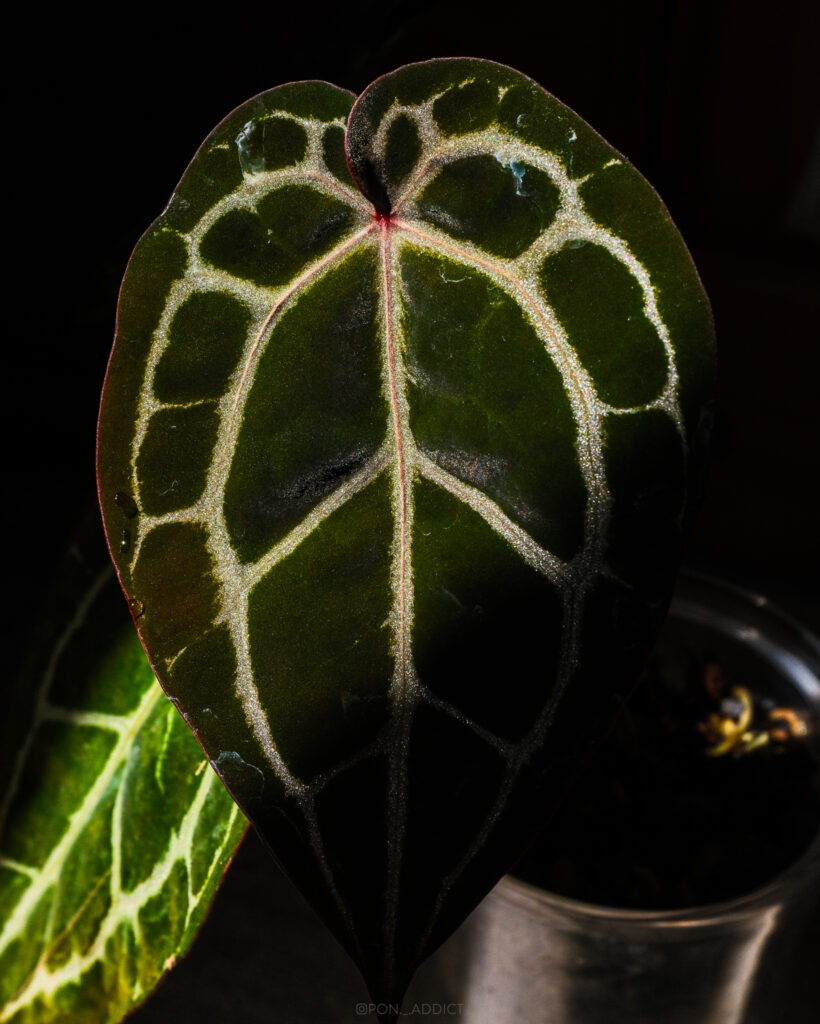
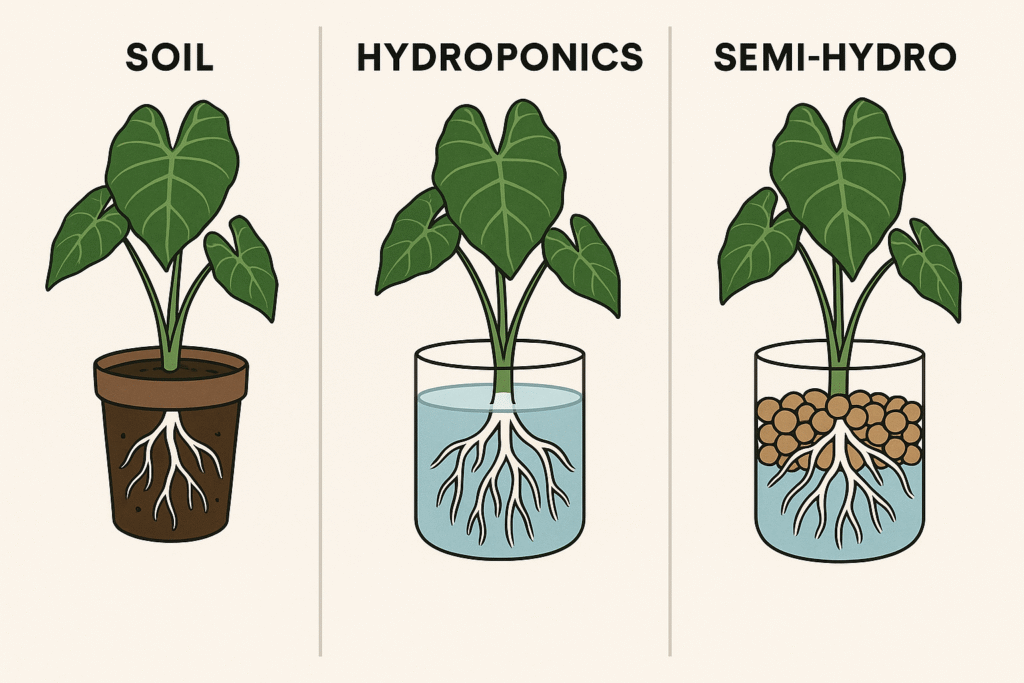
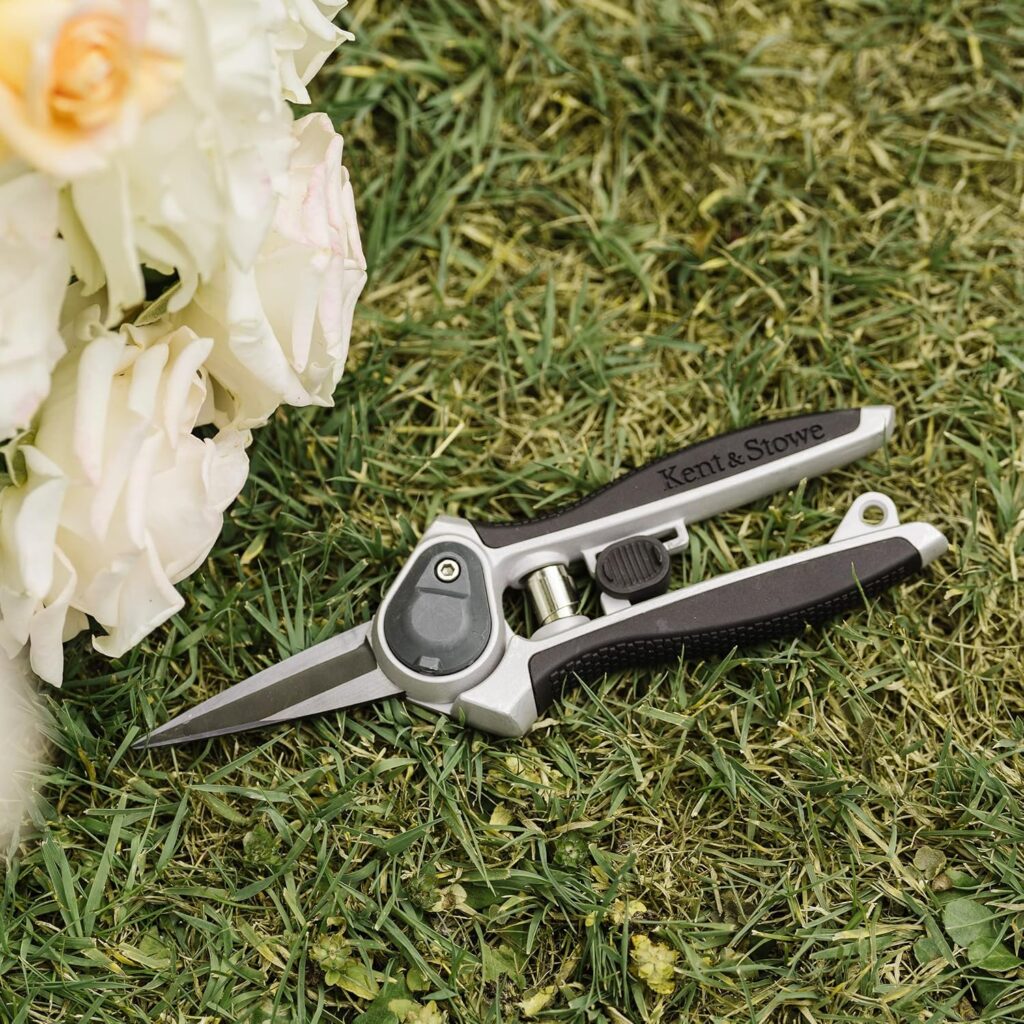
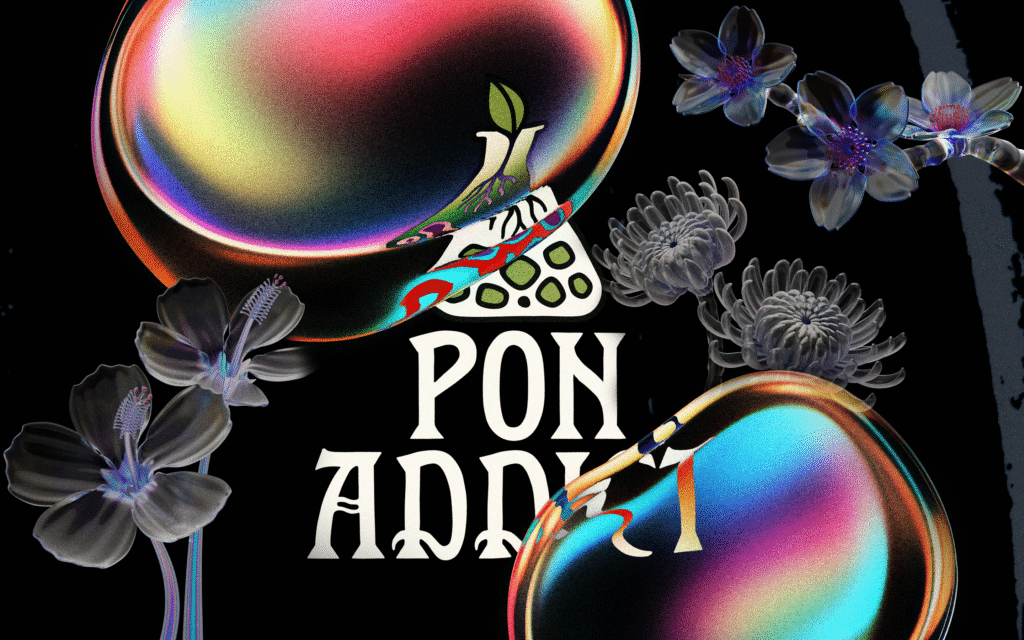
Leave a Reply